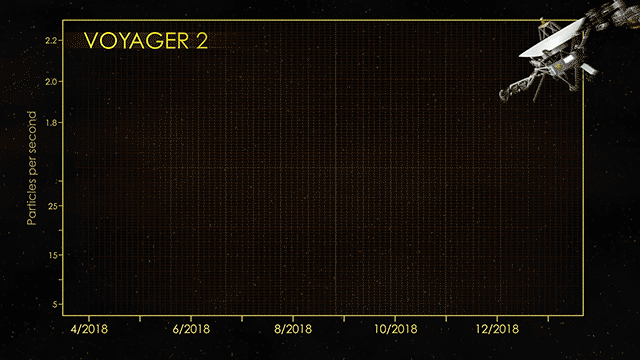Something I just realised looking at this diagram. If the Milky Way has a similar gaseous halo, then they must be very nearly touching. Would we notice?
APOD: Spiral Galaxy NGC 6744 (2019 Dec 05)
-
TheOtherBruce
- Science Officer
- Posts: 102
- Joined: Wed Jul 17, 2019 6:07 pm
Re: APOD: Spiral Galaxy NGC 6744 (2019 Dec 05)
This universe shipped by weight, not by volume.
Some expansion of the contents may have occurred during shipment.
Some expansion of the contents may have occurred during shipment.
- neufer
- Vacationer at Tralfamadore
- Posts: 18805
- Joined: Mon Jan 21, 2008 1:57 pm
- Location: Alexandria, Virginia
Re: APOD: Spiral Galaxy NGC 6744 (2019 Dec 05)
Listen very hard for the sound of Heavy Metal:TheOtherBruce wrote: ↑Sun Dec 08, 2019 2:32 am
Something I just realised looking at this diagram. If the Milky Way has a similar gaseous halo, then they must be very nearly touching. Would we notice?
https://en.wikipedia.org/wiki/Andromeda_Galaxy#Mass_estimates wrote:
<<Andromeda Galaxy is surrounded by a massive halo of hot gas that is estimated to contain half the mass of the stars in the galaxy. The nearly invisible halo stretches about a million light-years from its host galaxy, halfway to our Milky Way galaxy. Simulations of galaxies indicate the halo formed at the same time as the Andromeda Galaxy. The halo is enriched in elements heavier than hydrogen and helium. Supernovae erupt in Andromeda Galaxy's star-filled disk and eject these heavier elements into space. Over Andromeda Galaxy's lifetime, nearly half of the heavy elements made by its stars have been ejected far beyond the galaxy's 200,000-light-year-diameter stellar disk.>>
https://en.wikipedia.org/wiki/HZE_ions wrote:
<<HZE ions are the high-energy nuclei component of galactic cosmic rays (GCRs) which have an electric charge greater than +2. The abbreviation "HZE" comes from high (H) atomic number (Z) and energy (E). HZE ions include the nuclei of all elements heavier than hydrogen (which has a +1 charge) and helium (which has a +2 charge). Each HZE ion consists of a nucleus with no orbiting electrons.
GCRs typically originate from outside the Solar System and within the Milky Way galaxy, but those from outside of the Milky Way consist mostly of highly energetic protons with a small component of HZE ions. HZE ions are rare compared to protons, for example, composing only 1% of GCRs versus 85% for protons. HZE ions, like other GCRs, travel near the speed of light. Their source is likely to be supernova explosions.>>
https://www.universetoday.com/140850/finally-voyager-2-is-now-in-interstellar-space/#more-140850 wrote:
<<At the end of 2018, the cosmic ray subsystem aboard NASA’s Voyager 2 spacecraft provided evidence that Voyager 2 had left the heliosphere. There were steep drops in the rate of heliospheric particles that hit the instrument’s radiation detector, and significant increases in the rate of cosmic rays.>>
Credit: NASA/JPL-Caltech/GSFC
Art Neuendorffer

